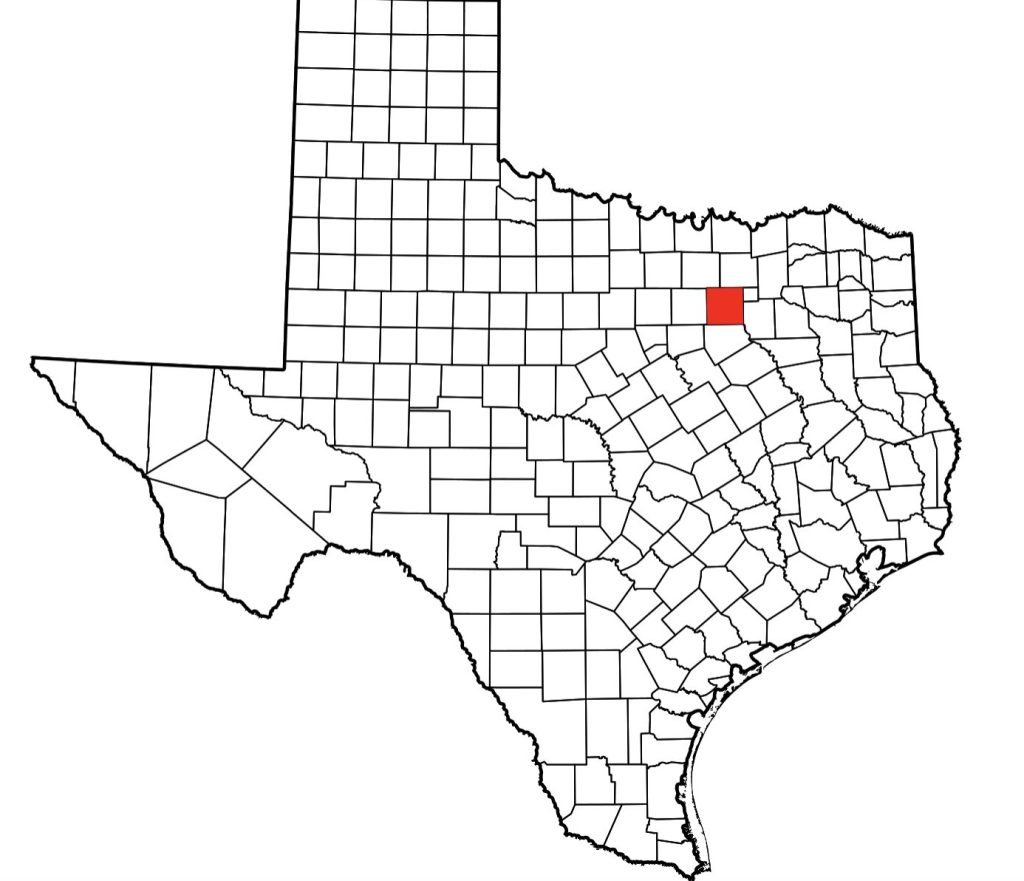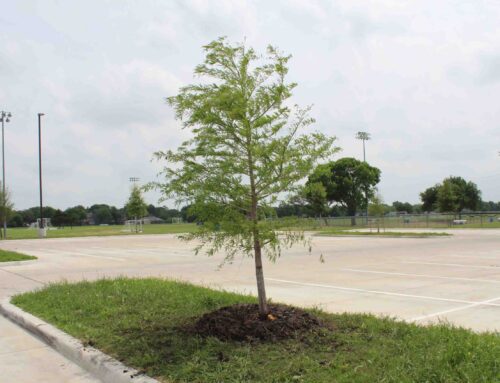
Update: Gov. Greg Abbott Monday signed the redistricted maps into law, reports Texas Legislature Online.
Every 10 years after the census, lawmakers redraw our state’s congressional, House, Senate and State Board of Education districts. It’s meant to guarantee equal voter representation and is one of the more-significant purposes of conducting the census in the first place.
The same happens on a more-local level, and Dallas County is in the early stages of redrawing city council, county commissioners, justice of the peace courts and school district board lines.
East Dallas Advocate contributor Sam Gillespie explains here the process at the county level.
As do states, the county receives insight from the community. In fact there is a public input meeting Nov. 2 at 10:30 a.m.
Each state and municipality has its own redistricting process but also must abide by the Voting Rights Act of 1965, designed to tamp down racial discrimination — dividing large minority communities across several districts to dilute their voting power, for example, would be a violation.
The process for redrawing Texas’ districts in 2021 (also every other time it’s been done) has been complex and contentious. Maps have not yet been signed into law, but, Gov. Greg Abbott reportedly is expected to do that soon.
Texas Tribune — award-winning nonpartisan media organization focused on public policy, politics, government and statewide issues — just produced a handy guide to state-level proposed redistricting maps.
Plug in your own address and up pops a personalized page with information about changes to your congressional, House, Senate and Board of Education districts, where applicable.
The tool gives users a look at demographics and party affiliations by proposed districts, names of representatives and maps.
For an even more aesthetic understanding, FiveThirtyEight offers an interactive map.
Whether Texas’ new lines will stick remains to be seen.
This is the first time since the 60s that Texas, which has a long history of disenfranchising voters, was not required to run its changes by the U.S. Department of Justice or a federal court.
Today Texas lawmakers are facing allegations of racial gerrymandering. A Latino legal rights organization, for one, is suing Texas over its maps. MALDEF (Mexican American Legal Defense and Educational Fund) filed on behalf of a coalition known as the Texas Latino Redistricting Task Force.
The redrawn maps, pundits says, not only keep Texas Republicans in power for the next decade, but they also diminish the vote for people of color — “despite new census numbers pointing to Texans of color as the main force behind the state’s population growth,” according to The Tribune, which has conducted comprehensive coverage of Texas’ voting rights issues.
As for the process in Dallas, you can be sure we will face our own challenges. On the county’s page you can see demonstration and benchmark maps. Criteria is outlined in a notice issued last September. Dallas County has until May 2023 (the next local elections) to finalize.





